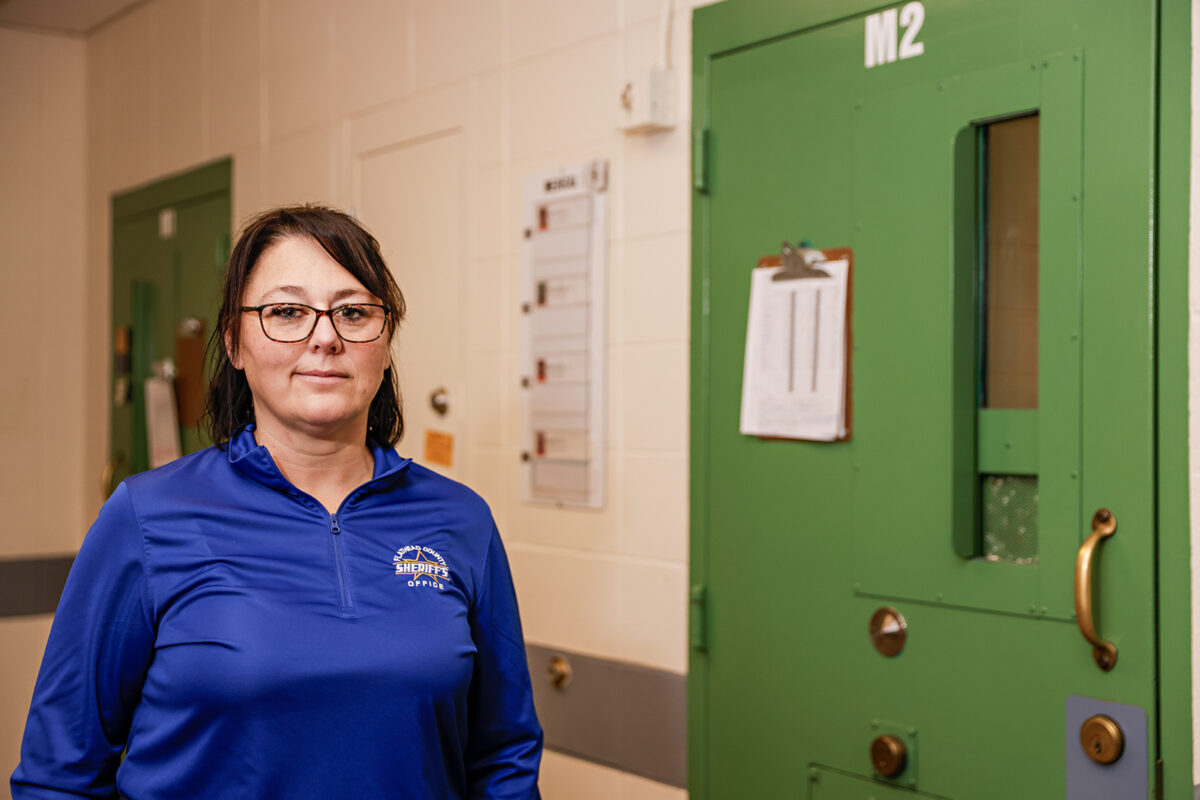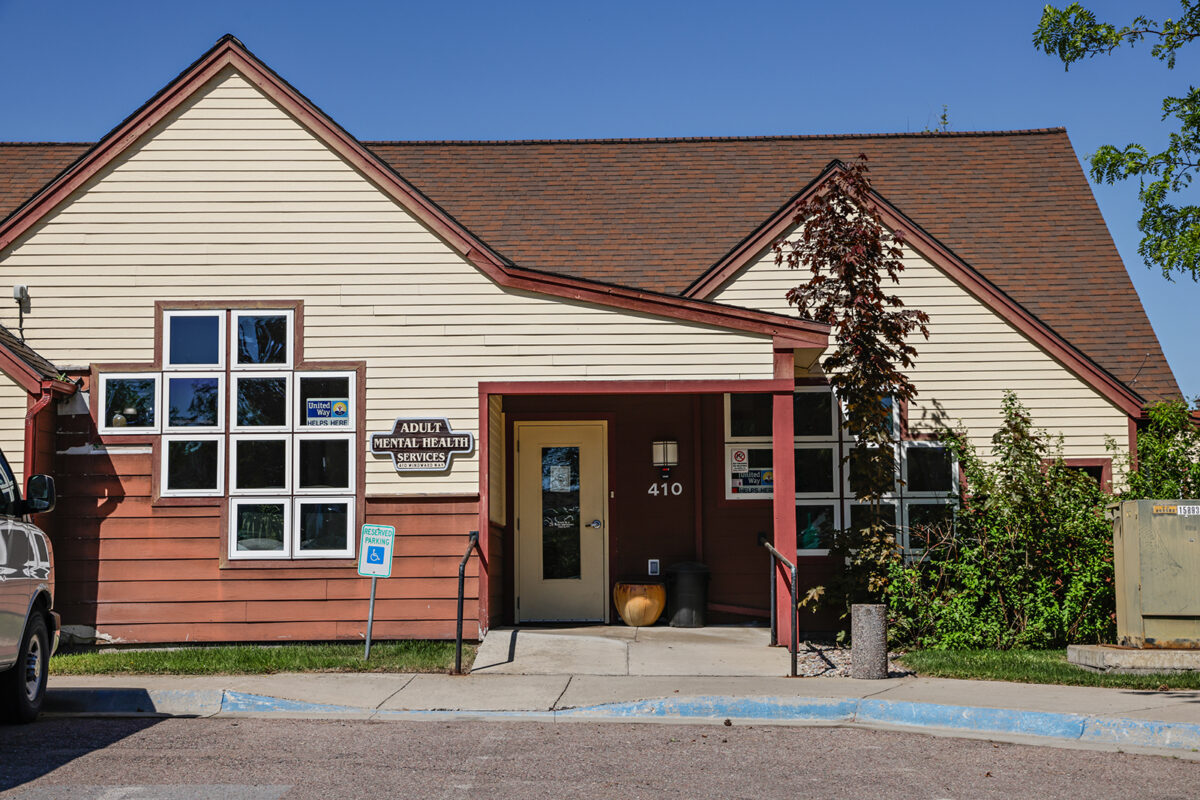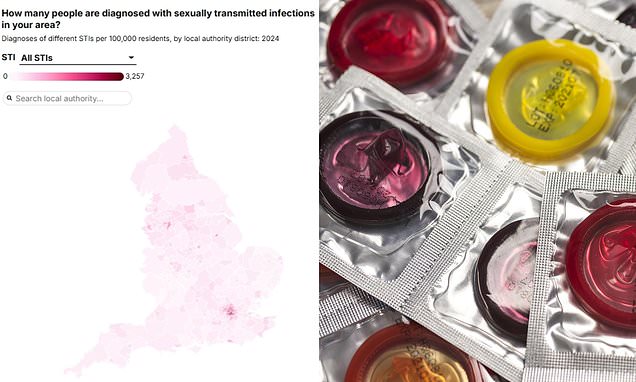Nearly six years ago, the Kalispell Police Department (KPD) partnered with Western Montana Mental Health Center (WMMHC) and hired a co-responder to assist law enforcement on calls to help deescalate individuals experiencing a mental health crisis. These types of calls were becoming increasingly common in the Flathead Valley as social services were slowly drying up, derailing police from public safety responses.
Sarah Winfrey, a Licensed Clinical Social Worker (LCSW), took on the role as the county’s sole community co-responder where she was dispatched to calls with law enforcement. Once the scene was declared safe, the officer would leave to take other calls while Winfrey deescalated the individual and connected them with appropriate resources.
For years, Winfrey worked as the only crisis co-responder covering the region and assisting the Flathead County Sheriff’s Office, KPD, Whitefish Police Department and Columbia Falls Police Department.
As the demand for crisis stabilization remains high, the co-responder position has grown into the Crisis Assistance Team (CAT) program. It has been integrated into the Flathead City-County Health Department and is part of the behavioral health program overseen by supervisor James Pyke, who leads two teams that includes an LCSW and a care coordinator.
The CAT operates seven days per week from 8 a.m. to 6 p.m. and most calls don’t involve law enforcement.
“In the early years, we were really a provider embedded in law enforcement,” Pyke said. “With the team being housed at the health department, it gives us a lot more latitude.”
While most calls are dispatched via 911, only a fraction of mental health emergency calls involve a police officer compared to several years ago.
“It’s common for them to help out with safety assessment and they go out on another call,” Pyke said. “Our average time on scene with them is 45 minutes and up to hours sometimes, and we are able to operate outside a law enforcement presence.”
Since the CAT program was integrated completely into the county, processes are now more streamlined and responders have more flexibility to connect individuals to appropriate resources. For example, teams can coordinate directly with Emergency Medical Services (EMS) for transports because of its county designation.
Other resource coordination ranges from short-term shelters like the Flathead Warming Center to Logan Health for medical care. But Pyke says teams try to prevent unnecessary hospital visits if they can.
“For a lot of community-based response, the hospital would be the first option and for us it’s the last,” Pyke said.
Since expanding to four staff late last year, the crisis responses have grown proportionally. During the first quarter of 2024, CAT responded to 94 calls compared to 408 calls during the first quarter of 2025.
“We’re still under the actual need because there are a lot of calls we can’t get to,” Pyke said.
With more resources, the CAT team has also developed a 14-day follow-up program, which allows more opportunities to work with individuals following their initial interaction and to help prevent another crisis.

In recent months, the crisis team has also partnered with the Flathead County Detention Center to coordinate plans for inmates while also assisting with individuals who need more attention. Care coordinators go to the jail every Wednesday to meet with inmates, helping them with things like housing or connecting them to group homes upon their release.
“This is just scratching the surface for what needs to be done with the jail population,” Pyke said.
Flathead County Jail Commander Jenny Root said the assistance has helped connect some inmates to resources following their release while also simply providing an outside interaction for severely mentally ill inmates.
Root says some inmates have been in jail for years waiting for an open bed at the Montana State Hospital, which has a significant backlog, and the human interaction outside of jail staff has been beneficial. One inmate, for example, has been held in isolation for two years as he waits for a transfer to the hospital in Warm Springs.
“Getting to know these individuals in a controlled environment – that was a big part of the thought process,” Root said. “We’ve had two mental health inmates who wouldn’t take their medications because they were manic, and we can’t force medications – they were able to talk them into taking them so those were huge wins.”
The mentally ill population has continued to grow in the jail as social services remain scarce, and Root said roughly 20% of inmates fall into this category. She calls the situation the “worst it’s ever been.”
Earlier this year, the general population area was turned into a female mental health wing for a week because of a wave of severely mentally ill women who were booked into the detention center.
“Our med wing is the worst of the worst,” Root said. “These individuals are urinating and defecating on the floor. Some of them are violent and have to wear hoods and cuffs and require multiple officers.”
The growth prompted Root to establish a support services sergeant who conducts daily check-ins with this demographic to help meet their basic needs and to ensure they don’t “get lost in the cracks.”
“We are having a lot of mental health inmates deteriorate and we can’t get them help soon enough,” Root said.
But with the partnership, Root says the CAT team is filling a need jail staff wouldn’t otherwise have resources to address. Although it won’t solve the root of the problem, Root said it helps in the short-term.
At the Office of the Public Defender (OPD) in Kalispell, Jenny Ball, a licensed social worker who serves as OPD’s investigator and mitigator specialist, said the county’s behavioral health program is helping to streamline processes to help individuals get help faster. It also helps establish relationships in a controlled environment.
“It’s huge because when somebody’s in jail, it’s a chance for outreach,” Ball said. “They are in a crisis, but they are somewhat receptive to talking to somebody. It’s super helpful for folks from the crisis response team to get to know them better before they interact with them on the streets.”
Ball said the CAT team and the behavioral health program has helped improve communication among service providers, but wrap-around services still need to be reestablished to address the problem.

Western Montana Mental Health Center CEO Bob Lopp announced last month the agency is merging with AWARE Inc., which will work together to reopen Glacier House, a crisis stabilization center. The facility closed in 2021 due to staffing shortages and a low Medicaid reimbursement rate after struggling to stay open for years in the aftermath of the 2017 special session of the state legislature, when more than $50 million was cut from the Department of Health and Human Services’ (DPHHS) budget.
“We’re still really struggling with mental health services – even with recent improvement,” Ball said. “In general, our system burns people out.”





